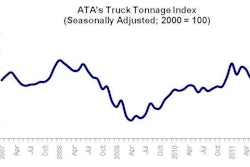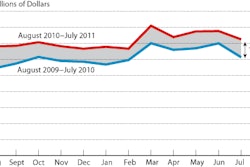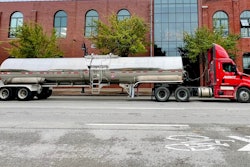UPS announced it will offer an air freight container for healthcare products, providing shipment monitoring and product protection for temperature-sensitive pharmaceuticals, vaccines and biologics. The PharmaPort 360 is designed to address a key industry issue of safeguarding healthcare shipments in the supply chain by enabling near real-time monitoring and maintaining product temperatures in extreme outside conditions.
“Amid the tremendous surge of temperature-sensitive therapies coming to market, it’s critical to have the most reliable solutions in place to help ensure the safe supply of healthcare products while also driving cost and operational efficiencies for healthcare manufacturers,” says Mark Davis, product manager for UPS Healthcare Logistics. “The stakes are high when there’s a patient at the end of the supply chain, and UPS strongly believes that the PharmaPort 360 will ensure better protection of potentially life-saving therapies.”
Manufactured by Cool Containers for UPS, the PharmaPort 360 is designed with input from both the life sciences and transportation industries. UPS says the unit is fully validated and tested and exceeds rigorous healthcare industry standards for temperature-sensitive compliance during transportation. The PharmaPort 360 container maintains strict temperatures by utilizing both heating and cooling storage technology, allowing it to tolerate a significantly wider range of extreme ambient temperature changes.
The container more effectively maintains temperatures critical for protecting medicines that need to stay within the required 2-8 degrees Celsius to prevent spoilage. The PharmaPort 360 also sustains its protective temperature range for more than 100 hours, and the container’s temperature control and monitoring systems are powered by an AC rechargeable battery. The unit’s technology replaces the need for dry ice, thus eliminating the associated handling fees and hazardous materials charges.
The PharmaPort 360 has built-in sensors that not only monitor shipment condition and GPS location but transmit this data to UPS’s global control towers via GSM, a standard global cellular network. Agents proactively monitor the container for select “heartbeats” such as internal and external temperatures, near real-time location and battery life. When alerts are triggered indicating a potential risk, UPS agents can intervene with pre-established contingency plans to rescue a shipment in distress and prevent product loss.
“Product losses from temperature excursions and mounting scrutiny from regulatory authorities are pressuring healthcare companies to strengthen supply chain compliance and gain more control through shipment data,” Davis says. “Having the information to prove that the integrity of a vaccine or human tissue has been preserved in-transit, for example, is almost as critical as the contents of the package.”













